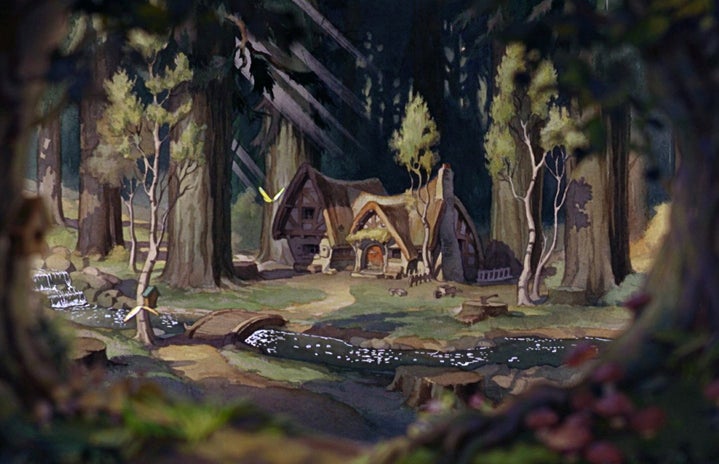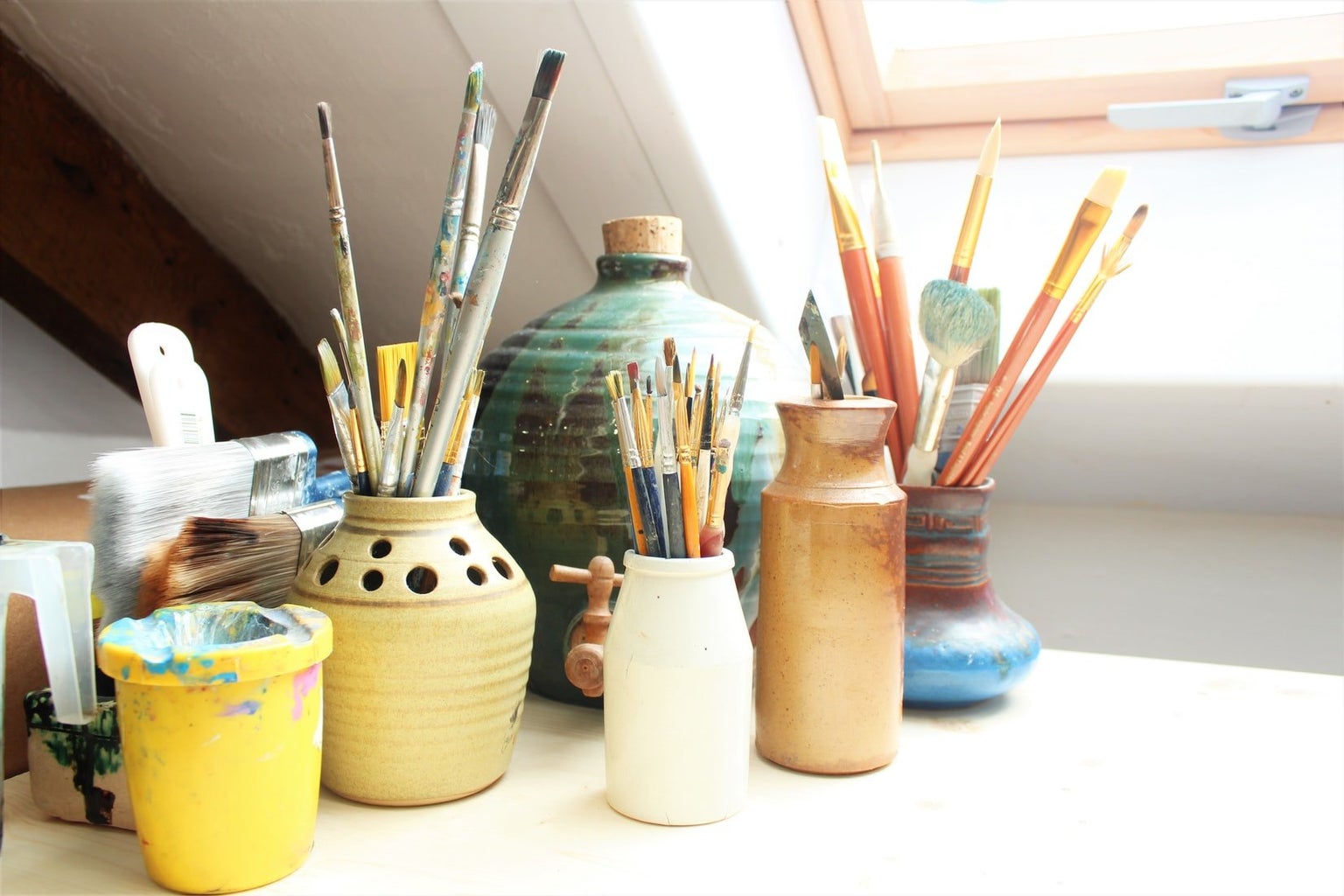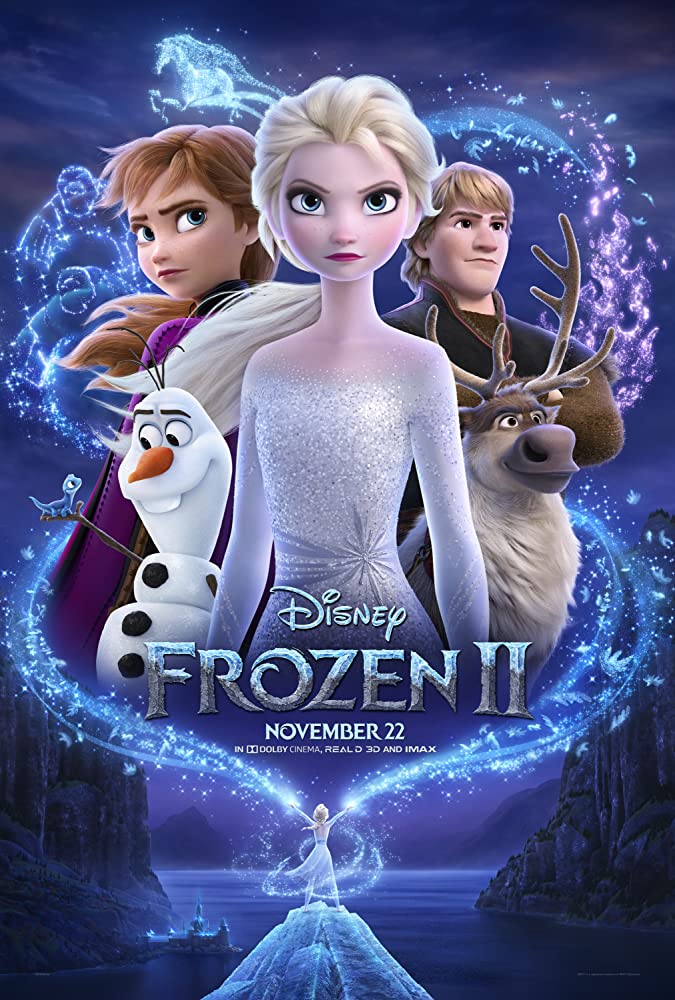International Animation Day was October 28. While the medium and storytelling device of animation is beloved the world over, it wasn’t always for everyone. Animation studios, especially Disney, were dominated by men. In fact, jobs in the animation industry were separated by gender. Women were only employed to do inking and painting of celluloid sheets, outlining and coloring drawings and designs from men in the Animation Department. Approximately 100 women prepared the cels before they were photographed for production. In 1941, inkers and painters made $18 per week compared to the $300 a top animator would get. While women have classically been barred from doing the same work as men, women have been pioneers in the field of Animation and are breaking the glass ceiling.
Lotte Reiniger
Lotte Reiniger (1889-1981) was a German artist best known for her silhouette animations made with paper, hinges, and stop motion photography. Reiniger created arguably the first animated feature film. Die Abenteuer des Prinzen Achmed/The Adventures of Prince Achmed (1926). The subject of her films, fables for adults, struggled to reach German audiences and did not meet the Nazi Germany criteria for film. As such, she moved to Italy before WWII broke out. As such, she moved from Rome to Venice, back to Berlin to take care of her ill mother, and finally Britain, continuing to create animation projects. Now, her works are archived across many museums in Europe.
Lilian Friedman Astor
Lilian Friedman Astor (1912-1989) was the first American woman to work as an animator. After she was rejected by Disney, Friedman began working for Fleischer Studios as an Inker. Then, she was trained as an In-betweener, artists responsible for drawing the intermediate poses between animation frames so the motion is smooth, but her work was so impressive that in 1933, she was promoted to Animator. She has worked on Betty Boop, Popeye, Color Classics, and Hunky and Spunky cartoons, but was only credited for her work six times.
Retta Scott
Retta Scott (1916-1990) spent most of her free time at the Griffith Park Zoo with her sketchbook. In 1938, she was hired by Disney’s story department, but was soon plucked for her incredible talents for drawing animals to animate for Bambi (1942). Specifically, she worked on the scene where hunting dogs are chasing after the doe Faline. Scott was laid off as Disney hit a slump but was rehired in 1942. That year, when Bambi released, Scott was officially recognized as the first female animator at Disney.
Kazuko Nakumara
Kazuko Nakumara (1933-2019) is considered the mother of modern anime. Nakamura was one of the first, if not the first, female animator in Japan, starting at the studio Nichido (soon absorbed by Toei Animation) in 1956. There she worked as an in-betweener on the first three Toei films. She then transferred to Mushi Pro where she did key animation work for Tale of a Streetcomer (1962). After, Nakamura was the animation director for the first TV anime Knight of the Ribbon (1967-1968). Having passed away recently, her animation style is remembered and applauded for its emotive characters and authentic feminine characters.
Eunice Macaulay
Eunice Macaulay (1993-2013) was a British animator who worked in a variety of positions in the in the animation industry. Her signature technique is drawing and hand-coloring. In the 1960s, Macaulay immigrated to the United States and worked as a freelancer, even working with the National Film Board of Canada. Working with John Weldon, she co-directed the animated short Special Delivery. In 1979, Macaulay made history as the first woman to win an Oscar for an animated short film for Special Delivery.
Brenda Chapman
Brenda Chapman (1962-present) was the first woman to reach the top creative position at a major studio: director. Having drawn most of her life, Chapman got her first job out of college at Disney. Eventually, she took her skills over to DreamWorks. In 1998, she became the first woman director of an animated film from a major studio, as she co-directed DreamWorks’ Prince of Egypt (1998). In 2003, she transferred again to Pixar, stepping up to direct Brave (2012), with the studio’s first female protagonist. After consulting for even more studios, now Chapman is working with her husband to create their own production company.
Jennifer Lee
Jennifer Lee (1971-present) is responsible for the inescapable Frozen franchise. After impressing Disney with her writing on Wreck-It-Ralph (2012), Lee was handed her first major project. Frozen (2013) was a smash success, making Lee the first female to direct an animated feature for Disney and the first female director of a feature film to earn more than $1 billion in gross box office revenue. Lee then went on to co-direct the sequel, Frozen II (2019). It is important to note that it took 90 years since Disney’s opening to have a female director.
Domee Shi
Domee Shi (1989-present) has broken several barriers as a woman of color. In 2019, Shi became the first woman to direct a Pixar short and the first woman of color to win an Oscar for best animated short film with Bao (2019). Bao depicts the all-consuming love and concern of a parent specifically depicted in an Asian household. Shi continued to portray this point of view in her next film Turning Red (2022), which was difficult to pitch considering her old white men executives. With the film’s release, Turning Red became the first Pixar film solo directed by a woman. Award season is around the corner, and Lee’s Turning Red will likely be nominated for Best Animated Feature for the 2023 Oscars.
As the animation industry matures, women continue to contribute to the medium despite obstacles, inspiring up and coming femme artists of diverse backgrounds and identities. The progress women have made in this once segregated field is impressive, but progress can still be made. According to the organization Women in Animation, 70% of animation students are women, but women only make up 30% of animation employees. Therefore, Women in Animation has the goal of a 50/50 split by 2025. Advocacy and consumer support are key, so be sure to check out the artists and their works mentioned above as well as others not listed!




